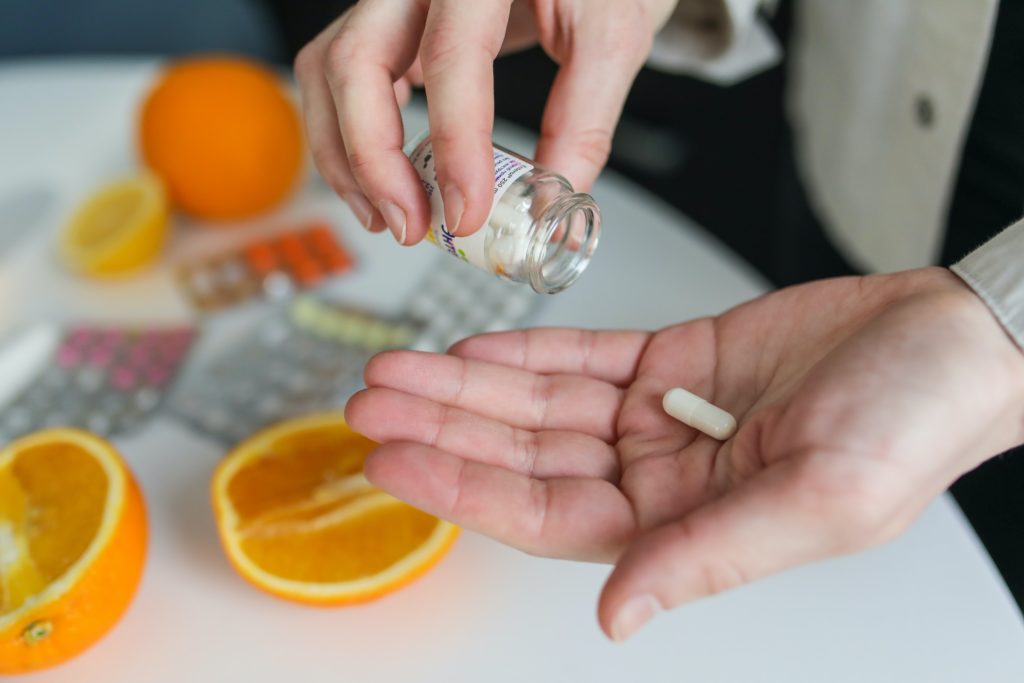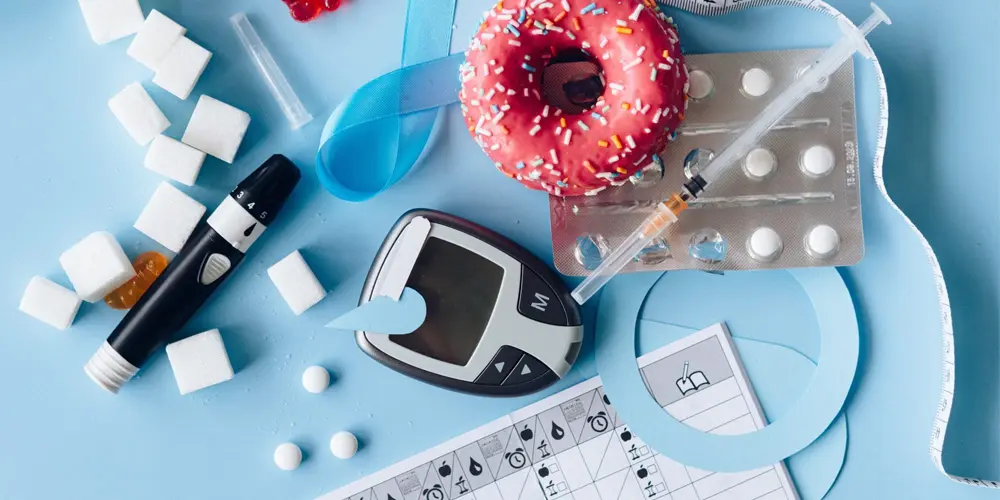Pre-diabetes is a condition in which blood sugar is high, but not high enough to be type 2 diabetes. Without intervention, it's likely to become type 2 diabetes within 10 years.
Many people with prediabetes have no symptoms. Progression from pre-diabetes to type 2 diabetes is not inevitable with diet, exercise, and losing excess weight. These are the main strategies for protecting yourself from diabetes and bringing your sugar levels back to normal.
Try these additional steps as well:
Get tested
More than 90% of adults with pre-diabetes are unaware they have the condition. A simple blood test can provide the information you need to help protect yourself.

Know your risks
The chances of developing type 2 diabetes or pre-diabetes increases after the age of 45. Other risk factors include having a family member with type 2 diabetes and giving birth to a baby who weighs more than 9 pounds.
Manage stress
Some research suggests that stress hormones can interfere with insulin production. In any case, feeling overwhelmed undermines your mental and physical health. Reduce daily tension by doing something that you love to do or calling a friend when you feel down.
Quit smoking
Adults who smoke are up to 40% more likely to develop diabetes. If you’re having trouble quitting, try a combination of methods, like nicotine replacement devices and a support group.

Take your medication
While lifestyle changes are enough in many cases, your doctor may prescribe drugs like metformin. Follow their recommendations. You’ll probably need to take it with meals once or twice a day.
These steps may help you live longer and enjoy a higher quality of life. Adopt a healthy lifestyle and talk with your doctor about your individual risk factors and what you can do about them.

These steps may help you live longer and enjoy a higher quality of life. Adopt a healthy lifestyle and talk with your doctor about your individual risk factors and what you can do about them.

